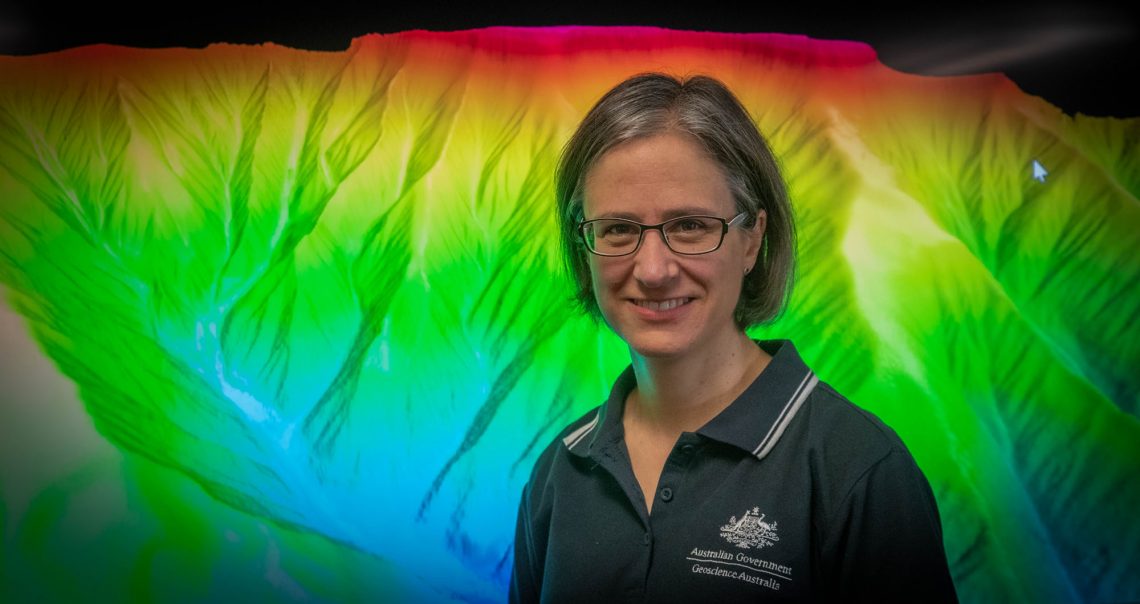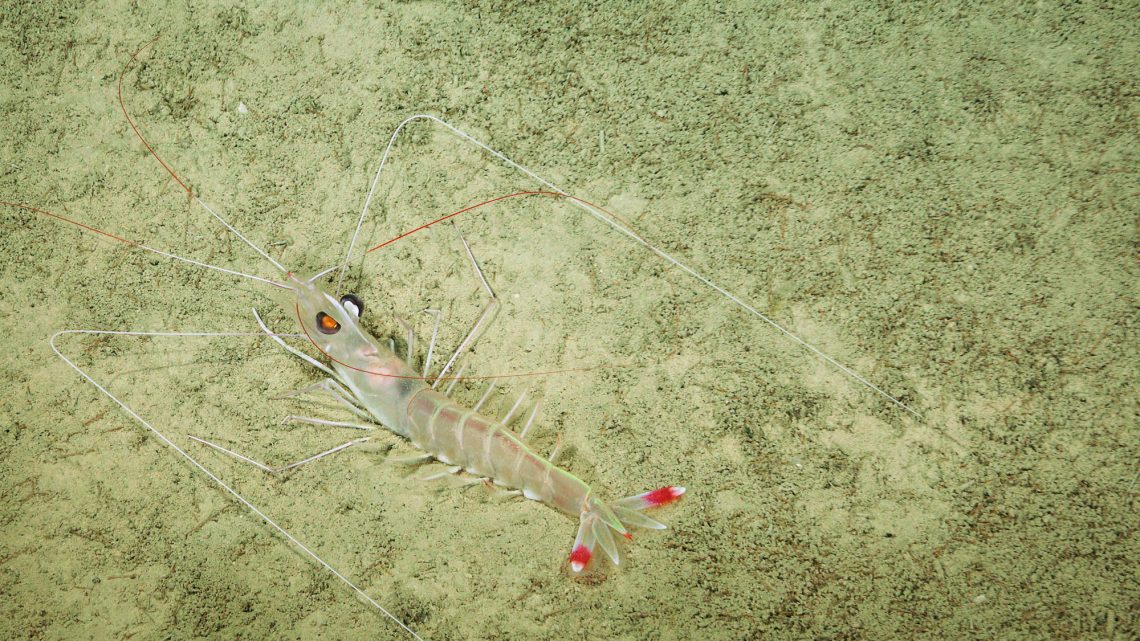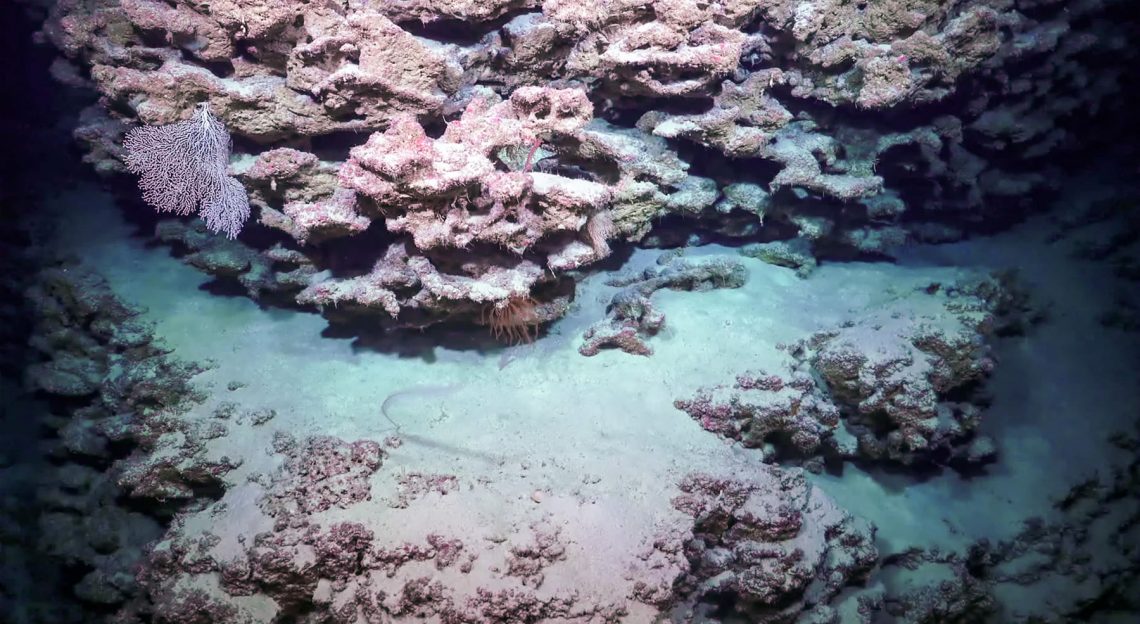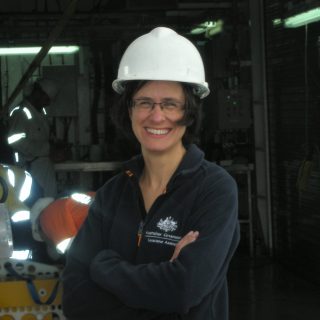In March I was busy preparing to join R/V Falkor in Exmouth for Leg 2 of the Illuminating Biodiversity of the Ningaloo Canyons voyage. A week before I was due to sail, the Covid-19 pandemic started causing havoc in Australia, and the Schmidt Ocean Institute had to proceed with caution to ensure that the Falkor remained virus-free. This meant that no new participants were able to join the vessel for Leg 2 of the voyage. Fortunately, the amazing technology and communications onboard Falkor meant that I could continue to watch on remotely from the comfort of my lounge room, not realising at that time just how much time I would be spending in my lounge room over coming months of restrictions!
Five months on and we have all learnt a lot about how to manage outbreaks of the virus, and how to continue to operate science in a Covid-world. The Seamounts, Reefs and Canyons of the Coral Sea voyage marks the first voyage with a scientific crew on board Falkor since the outbreak of the pandemic. This has only been possible through the thorough preparations, precautions, and plans that the Schmidt Ocean Institute and all partner organisations have put in place over the past few months. For this voyage, travel was considered the most risky part. Fortunately, we were all travelling from low-risk areas to another low-risk area at Cairns, but any travel at the moment still involves some risk. So we donned masks, washed, and sanitised our hands at every opportunity and maintained strict social distancing for 5 days in Cairns before undertaking Covid tests. Once we were cleared we were able to board. We have slightly reduced our numbers on this voyage to accommodate an isolation cabin if required. We are now enjoying being in a Covid-free bubble at sea.

Having a plan that enabled our participation in this voyage has allowed us to take advantage of an opportunity that the lead researchers of this voyage have been waiting years to achieve. My role here is to analyse the quantitative transects that we are undertaking on each ROV dive. I am particularly interested in understanding how the habitats and the composition of the seafloor biota might differ between the canyon systems that we have been exploring with SuBastian. Canyons have a fascinating mix of habitats, including steep hard canyon walls, thickly sedimented slopes, and complex current dynamics which will favour different types of critters in different parts of the canyon. The ability of SuBastian to climb up the steep slopes and image the biota provides us with a completely new picture of these canyon habitats, expanding our knowledge and understanding of a previously unexplored part of the Great Barrier Reef margin.

So was it worth making a plan to enable science to continue in a Covid-world? Absolutely, for without this voyage, knowledge of some of our most critical marine ecosystems would not advance. We can no’t effectively manage what we do not understand.


